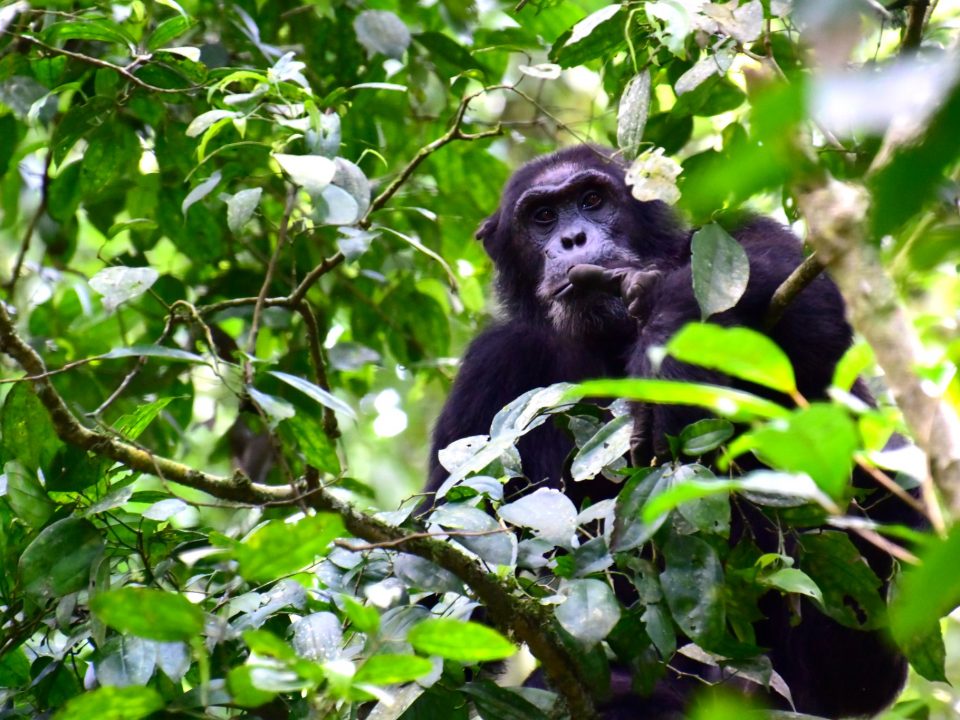

This national park covers over 260 sq km as being the smallest park in Uganda, and it has got a mosaic habitat, the rocky outcrops, dry hillside, the open wooded savannah forest, the bush thickets, lakes as well as the swamps that are home to variety of animals and plants. This national park also lies with in a rain shadow that is between Lake Victoria and the great Rwenzori Mountains and this gives a very good stop to the attractions of the southwest as Lake Bunyonyi and Queen Elizabeth National park.
This is one of the largest five lakes that are near by the wetlands, and it accounts for only 20% of this unique lake found in western Uganda. The park covers only 370km² yet it has 5 lakes within. It’s situated between the towns of Masaka and Mbarara and its about 4 hours from Kampala! Lake Mburo National Park is the only place where you can spot the impalas in Uganda, antelopes as well as the Elands. There are also many herds of Zebras and Buffalos with in the Same national park.
More so, the main story of how Lake Mburo came about is also an Ankole myth. The two brothers known as Kigarama and Mburo used to live in a big valley. One day Kigarama had a dream and he decides to tell his brother that they had to move. Mburo just ignored his brother and Kigarama decide to move up into the hills.The Valley down flooded with water and a lake was formed which drowned Mburo. Up to the present, the lake is named after him and the nearby hills are called Kigarama after his own brother. The area is also related with the cassine tree that has powerful aphrodisiac effects. On these trees, you can see signs of bark as well as the branch removal and may be seen near the Kigambira loop crossroads. The other part of the park is well covered in acacia savannah as well as famous for associating many antelopes.
There are also five lakes in Mburo National Park. The park that always attract crocodiles, hippos, water birds as well as the swamps that harbor secretive papyrus specialists like the sitatunga antelopes, black and yellow papyrus ganalex .The accommodation facilities are also available near Rwonyo Park headquarters with the three campsites that are public. There is also a luxury facility that provides high quality services at Mantana Luxury tented camp and another up market place to stay in Mihingo Lodge.
This lake is also very in diversity of animals as well as plant species that can only be seen in case you take a boat cruise; the park has got over 68 mammal species. T he most common animal species include; impalas, zebras, buffaloes, hyenas, topis, road antelopes, jackals, as well as the Eland.
The Hippopotamuses, the crocodiles, and the birds including the Black crake, pelicans, cormorant, the fish eagle, and the shoebill stork are all found on this wonderful lake. More so, the duration of the boat cruise is so negotiable.
Lake Mburo national park has got over 313 bird species that include; the rare white winged warbler, emerald spotted wood Dove, the crested francolin, the brown parrot, barefaced go way bird, the common Francolin, the green wood hoopoe, the blue napped mouse bird, the black billed barbet, the trilling cisticola, Nubian woodpecker as well as the African grey hornbill. Around the Rwonyo camp, you might see some others species include; the red necked spur fowl, the Coqui francolin, the temminck’s coueser, the African watted lover Rufous naped as well as the yellow throated long claw as well as the southern Red Bishop.
Lake Mburo national park also has 6 fish species that include; Tilapia, lung fish, mud fish as well as the Haplochromes. By using the hooks, the visitors can also spend some of their time as they catch this fish, a shade is also provided at the campsite in order to ensure the maximum relaxation for the visitors as they are at the lake. You might walk to the salt nearby as a summary of it all. There is also an observation point, which is located in a wooden hide out that offers a good chance to view the 4 different species of animals at any time as they lick the salty soil. This is also done without animal conscience. The tourists might also walk to any area of their interest.


